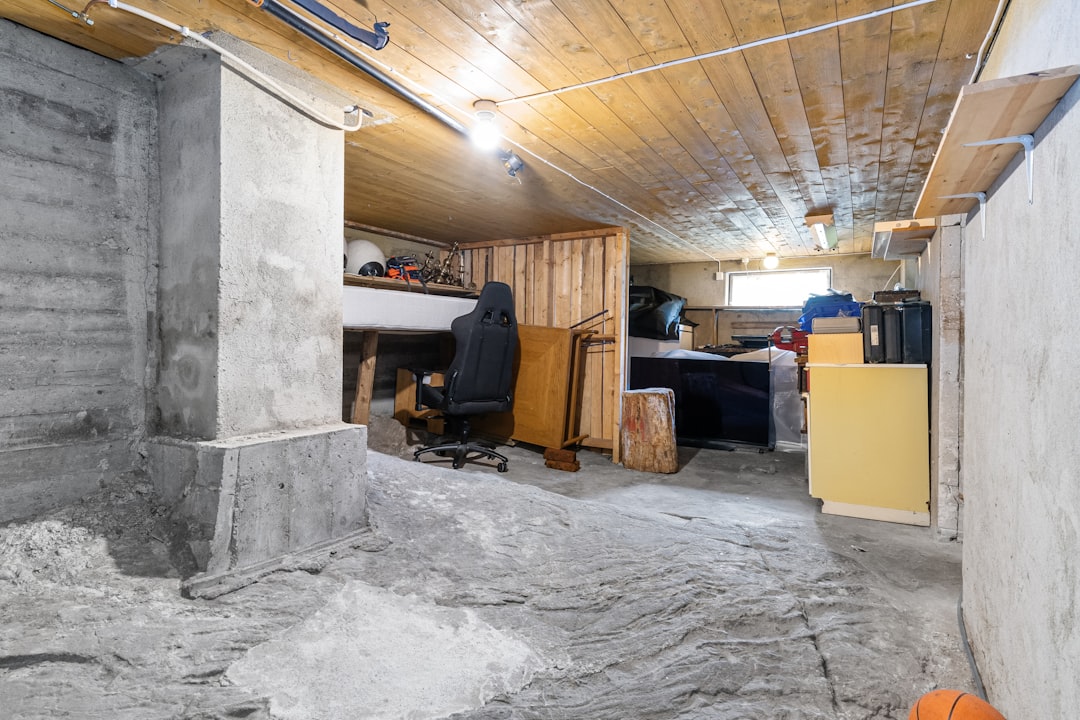
When local homeowners search “best floor cleaner Anchorage,” they are really asking how to protect wood, vinyl, and tile from the city’s freeze-thaw cycles, glacial silt, and months of indoor grit. CountBricks has delivered thousands of residential estimates and takeoffs across Alaska, so we know precisely how the wrong cleaning chemistry can strip finish, swell boards, and void warranties. This guide distills our on-site experience and AI-driven material database into one goal: helping you choose, apply, and maintain the optimal cleaner for every floor in your Anchorage home.
• Solid hardwood—Birch, maple, and white oak dominate local installs
• Engineered wood—Cross-laminated planks that resist seasonal movement
• Luxury vinyl plank (LVP)—A waterproof favorite for basements and entries
• Porcelain and ceramic tile—Often heated for winter comfort
• Laminate—Budget-friendly yet sensitive to standing moisture
• Long heating seasons drive indoor humidity below 30 %, shrinking wood
• Spring breakup tracks abrasive gravel indoors, dulling finishes
• Ice-melt salts leave alkaline residue that softens urethane layers
• Neutral pH between 7.0-8.5 to prevent finish haze and salt etching
• Low-foam surfactants that rinse easily in low-water applications
• Anti-re-deposit agents that suspend fine glacial silt until mopped away
• Non-freezing formulation that stores safely in unheated garages
• VOC compliance for closed-window winter cleaning
CountBricks specifies plant-based solvents that break oily driveway residue without releasing irritants. Our AI estimator cross-checks each product against manufacturer warranty clauses, ensuring your new floor remains fully protected.
1. AI-Driven Surface Analysis – During voice-guided walkthroughs, CountBricks captures square footage, species, and existing finish to predict ideal cleaner concentration.
2. On-Site Moisture & pH Testing – Our field team validates subfloor moisture and residue alkalinity before recommending any product.
3. Custom Cleaner Recommendation – You receive a project-specific cleaning schedule in your digital estimate, complete with QR codes linking to CountBricks-approved concentrates.
A 1940s birch floor had chalky patches where a DIY bleach mix stripped the polyurethane. CountBricks neutralized the surface with a citrate buffer, screened the top coat, and finished with a waterborne urethane. We then supplied an enzyme-boosted, neutral pH cleaner that cut traffic soil without clouding the fresh finish. Twelve months later, sheen readings still match our post-refinish baseline.
• Minor weekly cleaning—Use our recommended concentrate and a flat microfiber mop
• Seasonal deep clean—Schedule CountBricks for machine scrubbing and re-coat assessments
• Damage repair—Contact CountBricks.com/services when boards cup, gap, or turn grey
• Verify the pH range on the label—“Neutral” is not legally defined
• Shake bottle; excessive suds mean leftover film on floors
• Look for “no rinse” directions—Anchorage water bills reward conservation
• Confirm freeze-thaw stability if stocking up in autumn
• How often should hardwood be damp-mopped? CountBricks recommends every two weeks, or weekly during breakup season.
• Can I use vinegar? No. Acidic solutions erode modern aluminum-oxide finishes.
• Do steam mops work in cold climates? They drive moisture into plank seams; CountBricks advises against them for wood or laminate.
Ready for a floor audit or full refinish? Start a voice conversation inside CountBricks to receive an instant, line-item estimate and cleaner recommendations tailored to your Anchorage address. Explore options at CountBricks.com/consultation and keep every square foot of your home performing like new.

Day 1 – Light foot traffic only as the final coat cures. We leave a starter bottle of our recommended neutral cleaner and a microfiber pad.
Day 3 – Begin gentle cleaning. Mist the surface and glide the mop in the wood grain direction to avoid pushing grit into seams.
Week 2 – Conduct the first “breakup test.” Place a few ice-melt pellets on an inconspicuous corner overnight. In the morning, wipe and inspect for haze. If visible, increase rinse passes or contact CountBricks.com/support.
Month 3 – Schedule an optional sheen inspection through your CountBricks client portal. Our technician measures gloss levels and verifies that your cleaner is not leaving residue.
Month 12 – Annual deep clean and re-coat evaluation. Our orbital scrubbers remove embedded silt, and we apply a fresh top coat if wear readings exceed 10 %.
• Keep indoor RH between 35-45 % with a humidifier to reduce plank shrinkage.
• Install felt pads under furniture; grit trapped in pads can scratch just like gravel.
• Rotate entry mats seasonally. Summer dust is finer than winter grit and requires different pile density.
• Log your cleaning frequency in the CountBricks app; our AI will alert you when traffic patterns change.
A family on O’Malley Road replaced aging laminate with LVP. Six months later, high mineral content from melted snow left white film on the textured surface. Our estimator flagged the issue during a routine HVAC project. CountBricks introduced a chelating-agent cleaner that lifted the mineral veil without dulling the wear layer. We updated their maintenance plan in the same estimate session—no extra site visit required.
• Local data – Our AI references thousands of Anchorage humidity and soil samples.
• End-to-end service – From blueprint takeoffs to finish coat to cleaner selection, everything is handled inside one project file.
• Warranty protection – We only specify cleaners validated against flooring manufacturer specs stored in our database.
Ready to elevate your floor care? Start a live voice session at CountBricks.com/consultation and receive your free, personalized cleaning roadmap in minutes.